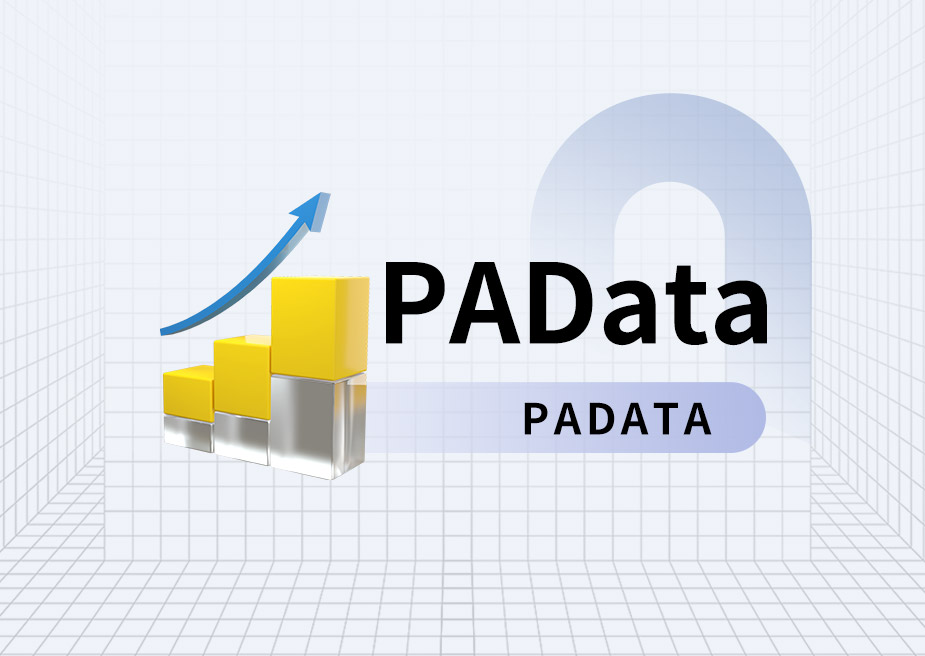
According to Aiying Payment, the New York Department of Financial Services (NYDFS), the top cryptocurrency regulator in New York, is about to approve the new stablecoin RLUSD issued by cross-border payment company Ripple Labs . This news has once again made Ripple the focus of global attention, especially before the product is officially launched on December 4. The approval of RLUSD not only enables Ripple to provide services legally in New York, further expands its influence in the regulated digital financial market, but also makes it an important player in the broad stablecoin ecosystem. This move indicates that Ripple will compete directly with well-known American stablecoin issuers such as Circle, Paxos and Gemini, highlighting Ripple's ambition and strategic layout in the global payment and financial technology fields. The launch of RLUSD can be seen as a core step for Ripple to further deepen its global payment network strategy, which is not only a response to market demand, but also an exploration and practice of combining technology with regulatory frameworks . Through this article, we will analyze the deep motivation behind this move from Aiying's unique perspective, explain its impact on the industry, and the long-term significance it may bring to the future global crypto payment ecosystem.
1. New changes in the stablecoin market: Can RLUSD stand out?
For many years, Ripple has been well-known in the industry for its blockchain payment network RippleNet, whose real-time payment solutions have revolutionized the way cross-border payments are made. However, with the increasing global compliance requirements, the biggest challenge facing Ripple is how to adapt its core technology to the complex regulatory environment and effectively integrate it into the fiat financial system. The launch of RLUSD represents a new transformation of Ripple - from merely pursuing technological breakthroughs to focusing on compliance and stability. Behind the construction of RLUSD is not only innovation, but also a new understanding of the nature of the financial system.
Ripple's RLUSD is now entering a highly competitive market. Among the existing stablecoins, Tether (USDT) and USD Coin (USDC) occupy the majority of the market, and the liquidity and popularity of these stablecoins on exchanges far exceed other competitors. So, why does Ripple's RLUSD have a share in this market?
First of all, Ripple's core advantage lies in its existing payment network RippleNet as an alternative to the existing banking system SWIFT. This network connects hundreds of banks and financial institutions around the world. Through RippleNet, RLUSD can be quickly integrated into existing cross-border payment and corporate payment scenarios. The blessing of this network effect makes RLUSD have more application scenarios compared to other stablecoins. It is not only limited to trading pairs on crypto trading platforms, but can also be used in actual scenarios such as cross-border settlement and corporate payment.
Secondly, RLUSD's advantages in compliance and transparency should not be underestimated. Stablecoins often face questions about the transparency of asset reserves in the cryptocurrency market. Ripple announced that RLUSD will be backed by 100% of US dollar deposits, government bonds and cash equivalents, and will be audited regularly by independent third parties to ensure the security and transparency of reserve assets. These initiatives have undoubtedly set new compliance and transparency standards in the market, making RLUSD more attractive to corporate users and financial institutions. However, challenges remain. Market trust is never something that can be established in a short period of time, especially when the stablecoin market has already formed a situation where the strong are always strong. At the same time, through cooperation with payment providers such as Bitstamp, MoonPay and Uphold, Ripple is expected to quickly achieve market coverage in the early stages of RLUSD's launch.
2. Gaming and survival in the compliance storm: Ripple’s policy strategy
Ripple is launching RLUSD at a time when the global crypto market is experiencing ups and downs amid policy turmoil. Especially with Trump returning to the presidency, the market is expecting a possible relaxation of cryptocurrency regulation and even the creation of a national Bitcoin reserve. Over the past few years, Ripple's legal battles with the U.S. Securities and Exchange Commission (SEC) have cost it a lot, leading to significant fluctuations in the price of XRP.
Compliance has always been a huge obstacle that Ripple cannot avoid, and it is also a universal problem faced by all blockchain projects around the world. Trump's re-election has brought about possible policy relaxation, and the optimism in the market is naturally high, but this does not mean that all challenges will be solved. Therefore, obtaining the license from New York State is not only a victory in the policy game for Ripple. At the same time , the launch of RLUSD marks Ripple's gradual transformation from a cross-border payment solution provider that relies on a single bridge currency XRP to a stablecoin issuer. This change means that Ripple is gradually getting rid of its dependence on XRP and moving towards a diversified, stable and more regulatory adaptable business development path.
III. NYDFS’s Regulatory Framework: Thresholds and Opportunities for Compliance Innovation
The New York Department of Financial Services is known for its strict cryptocurrency regulation. Ripple's approval this time shows that the issuance of RLUSD has met high regulatory requirements in terms of transparency, security and consumer protection. The approval of NYDFS is not only a recognition of Ripple's efforts in compliance, but also sets a higher entry threshold for the entire stablecoin market. In recent years, NYDFS has continuously strengthened its supervision of stablecoins, aiming to ensure the transparency and stability of the crypto market through a strict regulatory framework.
For Web3 payment companies, the NYDFS regulatory framework is both a challenge and a huge opportunity. On the one hand, higher compliance requirements mean that companies need to invest more resources in capital, technology, and governance structure to meet the high standards of regulators; on the other hand, strict compliance requirements are also a shortcut to gaining market trust.
The development of the stablecoin market cannot be separated from policy promotion. Although the current stablecoin regulation in the United States is mainly concentrated at the state level, especially in the framework of New York's BitLicense and Limited Purpose Trust Charter, the incoming Trump administration is believed to be likely to promote federal regulatory policies for stablecoins, which brings new opportunities for the issuance and circulation of stablecoins in the future . The introduction of federal regulation is expected to solve the current problems of inconsistent policies and different regulatory standards in various states, form a more unified market environment, and clear obstacles for the cross-state and even cross-national circulation of stablecoins.
AiYing will continue to pay attention to global stablecoin policies and market trends, and provide valuable insights and compliance services to industry practitioners. We believe that with the gradual clarification of policies and the continuous evolution of the market, Web3 payment will usher in a broader development space.





